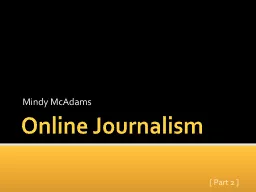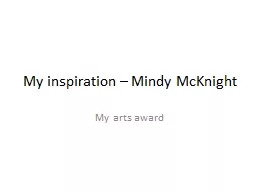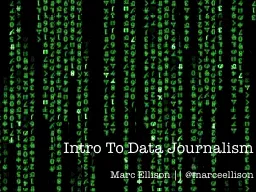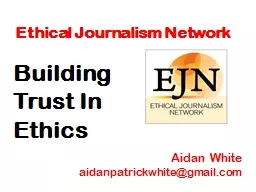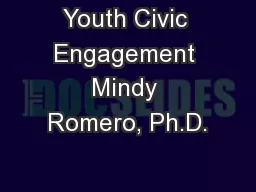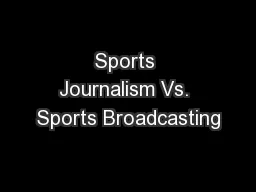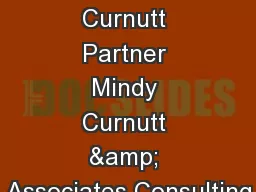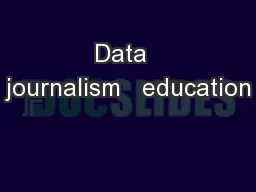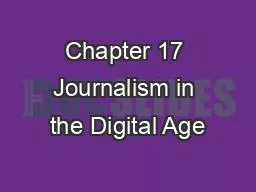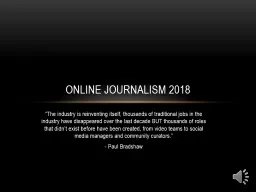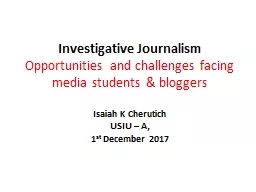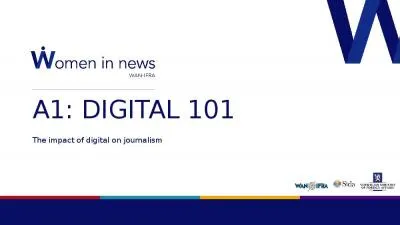PPT-Online Journalism Mindy McAdams
Author : markes | Published Date : 2020-06-22
Part 2 In this session Blogs amp content management systems Applying journalism values to new media Visual journalism online Audience engagement amp participation
Presentation Embed Code
Download Presentation
Download Presentation The PPT/PDF document "Online Journalism Mindy McAdams" is the property of its rightful owner. Permission is granted to download and print the materials on this website for personal, non-commercial use only, and to display it on your personal computer provided you do not modify the materials and that you retain all copyright notices contained in the materials. By downloading content from our website, you accept the terms of this agreement.
Online Journalism Mindy McAdams: Transcript
Download Rules Of Document
"Online Journalism Mindy McAdams"The content belongs to its owner. You may download and print it for personal use, without modification, and keep all copyright notices. By downloading, you agree to these terms.
Related Documents

